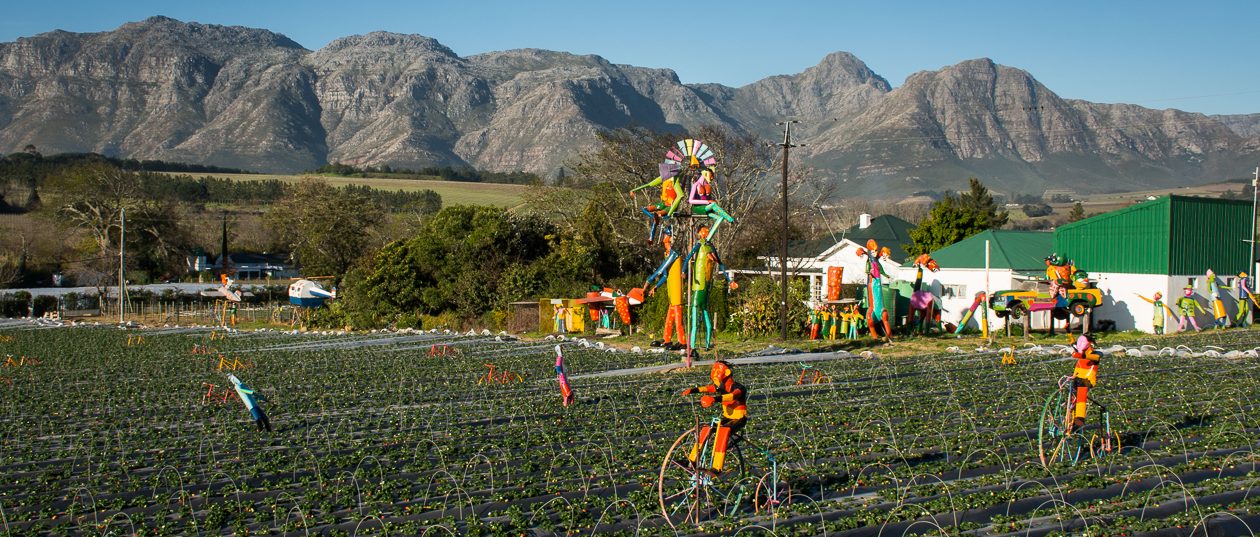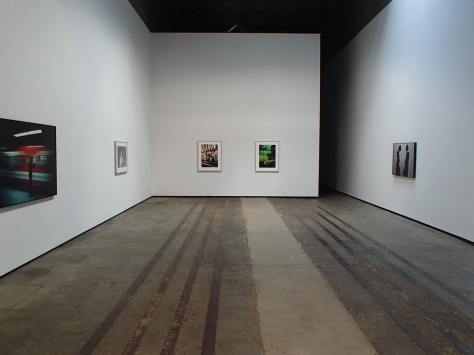Artist’s Statement
I chose the little, off-the-beaten track, off-the-grid community of Finn Slough, British Columbia, Canada to study for my interpretation of the Transitions assignment. The community was settled in the 1880’s by Finnish immigrants and is now the last commercial fishing village on the Fraser River and also one of the last tidal communities on the west coast of Canada. The century-old scow houses and gill net houses were built on pilings to protect them from the rising tides.
It is a place that is ruled by nature and more specifically by the ebb and flow of the tide. Situated at the mouth of the Fraser River, which flows out into the Pacific Ocean, makes this little community vulnerable to floods from inland snow pack melts as well as rising ocean levels. The environment at Finn Slough literally shifts in shapes and colours, reminding us of regeneration and mortality “for you are dust, and to dust you shall return“ (Genesis 3:19). The cycle of nature is so evident in this ancient habitat as we see nature revealing structures, objects and views in certain months and then reclaiming them in others. The flotsam and jetsam that are washed up in the slough are collected by the residents and displayed as decorations and mementos, each being regenerated in a new purpose, and carrying someone else’s memories, but still subject to nature’s cycle of life. There is a latent fluidity to Finn Slough where one gradually becomes aware of the shift and change of time. What is left now is a pervading sense of loss and a memory of a time gone by. Nature and time are slowly eroding the Finn Slough community.
Preparation, Planning and Reflection
All my preparation, planning posts and experiments for this assignment can be seen in more detail here. Having discovered this location when working on an assignment for Art of Photography and finding myself totally fascinated with the environment, it became an obvious choice for this assignment. I chose to shoot on a monthly basis, and researched the tide tables for each month in order to find out when high and low tides occurred as I wanted to convey the changes during these times as this is a central theme to this assignment. These appear in my planning posts. In the middle of the project I moved 430 km away, but continued to visit the location each month to shoot, but was severely hampered in my choice of time to shoot.
In reflecting on this assignment I find that the doll could be an iconic signifier representing the residents of Finn Slough (they come, they go, they die – without being disrespectful as one of the residents did pass away while I was shooting the project). While the boat, Eva represents commodification (an indexical signifier), the gill net house with its barriers of blackberry bushes suggests a dying way of life.
This assignment has confirmed my views that landscape is fluid and ever changing. As the months passed, I found myself quite invested in this space. It was almost as if I had also become part of this landscape. I found myself looking forward to looking at and discovering the minute and sometimes drastic changes that occurred throughout Finn Slough. I was quite dismayed to discover one of the residents had passed away, and similarly when the houseboat residents (and the houseboat) left (even though I had never met them), and rather saddened when the doll disappeared for good. I marveled at the change of the colour of the water, which told stories of mudslides in the interior of British Columbia in November 2018.
I derived the name of my assignment from Finn Slough’s motto which is the Finnish word “Sisu” which translated into English means “severe perseverance”, a very apt motto for this landscape.
If I could have done something different in this assignment, it would have been to include sunrise and sunset times in the set which I had initially planned to do, but which was not practical after my move.
ASSESSMENT CRITERIA
Demonstration of technical and visual skills: Materials, techniques, observational skills, visual awareness, design and compositional skills.
Overall, I am pleased with this assignment. In many of my viewpoints where I took the photographs I was limited to where I could stand so did not use a tripod. I found myself often climbing over logs, contending with prickly blackberry bushes and informational signs that were erected since a previous visit. I used my 18-140 lens and tried to keep to the same focal length throughout but occasionally had to zoom in to a scene in order to exclude something that would have detracted from the idea I was following, and thus I made a conscious decision to exclude the object. I also decided to document changes to some of the flotsam and jetsam objects that arrived at Finn Slough, e.g. the doll, to see how they would be impacted over this time period.
I managed to record a variety of weather conditions as well, although it was not pleasant shooting in the rain, if truth be told. The varying tonalities in the photographs also contribute to the ever-changing landscape.
The photographs are presented as a slideshow which draws the viewer in to observe the subtle changes happening to the landscape over the twelve month period. This allows the narrative to be tied together.
Quality of Outcome: Content, application of knowledge, presentation of work in a coherent manner, with discernment. Conceptualisation of thoughts, communication of ideas.
I presented my WIPs during various Google Hangouts (Live Forum – 9 September, 2018; Landscape Google Hangout, 21 March, 2019) and discussed one aspect of the feedback I had received during the LiveForum regarding the inconsistent horizon lines with my tutor, who assured me that this did not constitute a problem as far as he was concerned. Otherwise the feedback that I received was good. It was generally agreed in both hangouts that music or sound would not add anything to the slideshow, but might in fact prove to be distracting. A few ideas were discussed regarding the ordering of the segments which I have taken on board.
Demonstration of Creativity: Imagination, experimentation, invention, development of a personal voice.
When I decided on shooting at this location I decided to shoot organically and repeat each view in the subsequent months. There were about thirty-two views that I captured each session. Going into the project I knew that I would to include the boat, Eva as this is an historical icon of the community as well as representing commodification. The other two segments were only decided upon when I was putting the slideshow together. I did experiment with different methods of presentation (see planning post) and settled on presenting the photographs in a slideshow. I made the slideshow through LightRoom which worked well and managed to keep the length of slideshow down to under 3 minutes without the slideshow feeling rushed.
Context: Reflection, research (evidenced in learning logs). Critical thinking (evidenced in critical review).
The write ups on the other photographers that I researched for this assignment can be accessed via the links below:
I have also caught up on my to-do list which is now complete.
- I also did an online course in colour correcting in LightRoom which I found incredibly informative and hope will help resolve the issues I was having with printing my assignment 1 images.
- I discovered the work of Meghan Krauss whose work ties in with my tourist gaze project (assignment 5).
- During the Landscape Google Hangout the photo books of Shona Grant was mentioned and I took a look at her work for future reference.
I am still planning on going to Vancouver to attend some of the exhibitions of the Capture Photography festival which begins in April, and will add those write ups to my blog before assessment.
Bibliography
CBC Radio (2017) As a B.C. fishing village is slowly submerged, meet the people who refuse to leave [online] CBC Radio. Available at: https://www.cbc.ca/radio/docproject/fighting-to-save-your-home-from-rising-waters-1.4314481/as-a-b-c-fishing-village-is-slowly-submerged-meet-the-people-who-refuse-to-leave-1.4314487 (Accessed 29 March, 2019)
Dorrington, David (n.d.) A Small History of Finn Slough [online] Available at: http://finnslough.com/ (Accessed 29 March, 2019)
Genesis 3:19 In: New American Standard Bible [online] Bible Gateway. Available at: https://www.biblegateway.com/passage/?search=genesis+3%3A19&version=NASB (Accessed 29 March, 2019)
Meghan (2013) Visit Historic Fishing Village Finn Slough [online] Inside Vancouver. Available at: https://www.insidevancouver.ca/2013/08/05/visit-historic-fishing-village-finn-slough/ (Accessed 29 March, 2019)






